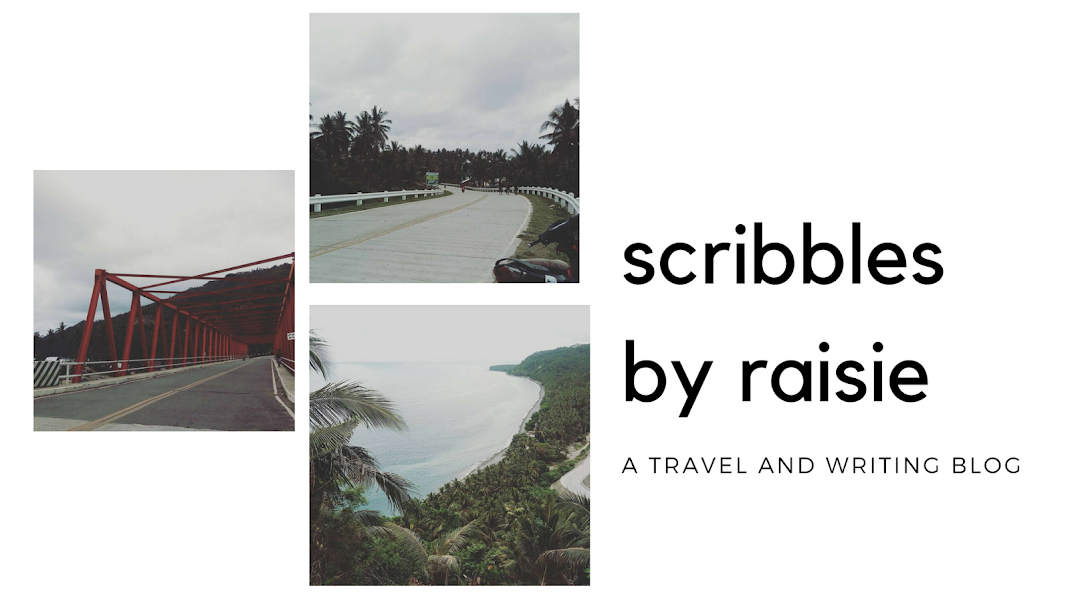Imagine that you’re visiting
Zamboanga City for the first time and are quite excited to be able to
experience all that you’ve heard about the city for yourself. You have your
itinerary all planned out. You’ve already made plans to taste the finger-licking
curacha with the famous Alavar sauce,
dive into the dessert called the knickerbocker glory, go shopping at the barter
trade for imported goods and visit the famous pink sand shores of Sta. Cruz
Island. You can’t wait, you can’t help it anymore, but annoying thoughts creep
into your mind and your plans are halted slowly as you realize that there’s a
problem: the blackout situation in the city. Bummer huh?
Cause and Effect
During the Community Convergence
Meeting: A Public-Private Dialogue held on March 25, 2019 organized by the City
Investments Office, the Zamboanga City Electric Cooperative (ZAMCELCO)
explained in the forum that the shortage is caused by the lack of power plants
to complement the power distribution that results as systems loss.
Mismanagement of the local
electric cooperative is also evident as the issue on non-payment of ZAMCELCO
and Crown to their suppliers contribute to the fiasco. This contributes to the
wide-scale suffering of the residents through rotational blackouts.
This is topped by the current
state of drought also affecting the hydroplant resources as well as no
identified means to establish a renewable energy source for the city has
worsened the local power cooperative’s ability to keep up with the demand of
the city.
As a result, the city has to
endure rotating blackouts and fluctuation of electricity, damaging consumer
appliances, not to mention inefficiency in operations.
The Tourism and Hospitality Industry
So how does this affect mi
ciudad’s tourism and hospitality industry?
One popular Korean grill restaurant
and KTV in town said that at least their building has a generator that turns on
every time there is a power interruption, but there is additional cost that is
passed on to tenants every month. Also, because the generator is shared with various
establishments and for different needs, like a membership gym and a beauty
clinic, then sometimes their air conditioning is not enough to satisfy their
customers and other facilities like their KTV rooms.
As for a bed and breakfast situated
in a quiet village featuring a mini resort for families, the owner shared that
he invested in a generator years ago, but because of the unpredictable power
fluctuations, it eventually gave up and he had to uninstall it recently. The repair
of the generator had to take time, and when it was re-installed, problems were
reported during the time when there were bookings in the mini resort, and he
had to apologize to the guests and explain the situation.
The famous Barter Trade Center is
a popular pit stop of visitors who want to enjoy shopping for goods like
malong, bedsheets, snacks, batik clothing and even jewelry and many more.
Compared to other shopping centers, the tenants can barely be comfortable while
trying to sell their goods in the absence of air-conditioning, much more so
with the rotational blackouts if all they can depend on are electric fans in
their small stalls. I don’t think this is our best foot forward especially if
we want to showcase the barter trade as a feature of the city.
One of the locally grown grocery
stores that has two large branches and is a family-owned business says that management
has resorted to generator sets to help with the blackouts. “This has been
ongoing for almost a decade. Sadly, it’s becoming the norm for us. Due to the
constant blackouts, we had to shell out a lot of money to replace appliances
such as air conditioning, computers, even CPUS have been damaged. Generator
sets and UPS have helped with the problem.”, a family member explained.
“In this case, UPS are important
especially for businesses that have transitioned all records and transactions
to digital information. The programs need continuous flow of energy. But this
also means that UPS are not immune to electricity fluctuations, just last
month, we had to buy new ones because the one at the [grocery] counter was
destroyed.”
There are boarding houses that
are located in the proximity of the colleges and universities in the city. But
it is on a sad note that boarding houses do not have the capacity to purchase
generators and to shell out for fuel to sustain it, much to the ire of both
landlords and tenants.
As for offices, mine is located
in the West Coast. In the past years, management decided to purchase a
generator that can power a four-story building which amounted to millions.
However, despite having the resources of funds to purchase a generator, the
fuel to operate it is a continuing expense, adding to the overhead expenses in
terms of operations.
Solutions
These establishments have decided
to resolve the power problem on their own by purchasing a generator- but it can
be so costly. On the other hand, inviting investors in the fields of renewable
energy sources may take some time.
Despite the fact that the
rotational blackouts have been ongoing for a decade now, the local government
and electric cooperative have not introduced viable solutions to help address
these problems. An obvious and quick solution is that ZAMCELCO and Crown also
has to settle with their suppliers, as consumers have paid their (somewhat
exorbitant) bills, why cannot they do the same? Where is accountability in all
of this?
Personally, I have observed press
conferences and fora being organized, but none have taken steps to invite
investors to come to agreements and take action regarding the whole situation,
nor pressure the local electric cooperative to exhaust all means to look for
alternatives and to at least alleviate the condition, if they cannot do it for
themselves, at least do it for the honest, paying consumers of the city.





















































